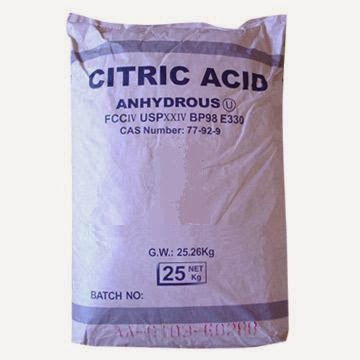1.) Post a picture of a three-dimensional Ball and Stick molecular models that you have created with common items around your home. Also post a molecular structure image and the IUPAC name of the molecule.
*The IUPAC name of the molecule is in parenthesis
Ammonia (Azane)
Propane (Propane)
Carbon Dioxide (Carbon Dioxide)
2.) Post an image from the Web, the chemical systematic (IUPAC) name, common name, and the molecule formula for 20 chemicals that you use or eat.
IUPAC Name: Sodium chloride
Common Name: Salt
Molecule Formula: NaCl
IUPAC Name: (2R,3R,4S,5S,6R)-2-[(2S,3S,4S,5R) -3,4-dihydroxy-2,5-bis(hydroxymethyl)oxolan-2-yl]oxy-6-(hydroxymethyl)oxane-3,4,5-triol
Common Name: Sugar
Molecule Formula: C12H22011
IUPAC Name: Sodium hydrogen carbonate
Common Name: Baking soda
Molecule Formula: NaHCO3

IUPAC Name: Hydrogen Peroxide
Common Name: Hydrogen Peroxide
Molecule Formula: 2(HO)
IUPAC Name: Propane
Common Name: Propane
Molecule Formula: C3H8
IUPAC Name: 2-hydroxypropane-1,2,3-
tricarboxylic acid
Common Name: Citric acid
Molecule Formula: C6H8O7
IUPAC Name: (RS)-2-(4-(2-methylpropyl)
phenyl)propanoic acid
Common Name: Ibuprofen
Molecule Formula: C13H18O2

IUPAC Name: 4-[(E)-(2-hydroxy-1-naphthyl)diazenyl]benzenesulfonate
Common Name: Orange
Molecule Formula: C16H11N2NaO4S
IUPAC Name: 3-[1-methylpyrrolidin-2-yl]
pyridine
Common Name: Nicotine
Molecule Formula: C10H14N2

IUPAC Name: Ethanol
Common Name: Alcohol
Molecule Formula: C2H6O
3.) Look over your molecules and the bonding characteristics, how many bonds does each of the following elements typically have? Carbon, hydrogen, oxygen?
Carbon: 4 bonds
Hydrogen: 1 bond
Oxygen: 2 bonds












No comments:
Post a Comment